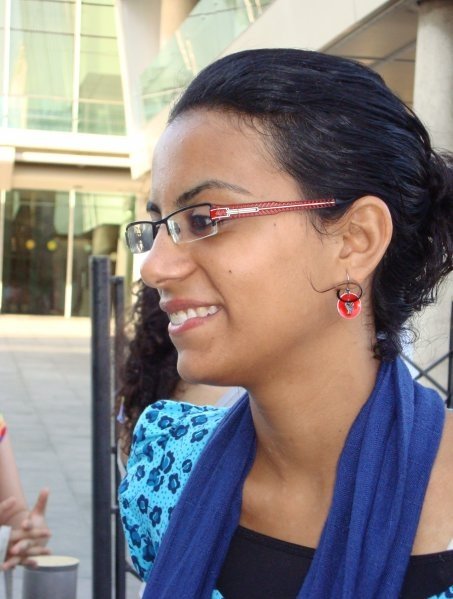As Egypt’s capital market expands and global financial markets unwind, many are concerned about avoiding the pitfalls of overly sophisticated trading tools. With products like margin trading and short selling now available in Egypt’s capital market, risk managers say it’s vital that market players understand their respective responsibilities.
Experts agree that the volatile market situation globally has put an emphasis on studying the lessons learned from misusing sophisticated trading tools.
Margin trading and short selling were recently introduced as trading facilities in the local market.
While margin trading, a leveraging mechanism that allows investors to borrow money or securities from a licensed firm, can lead to greater returns, it is also very risky, since one can lose more than initially invested.
Only 16 firms in Egypt have been licensed to offer this facility to their clients. In November, Pharos Holding became one of the brokerage firms selected by the Capital Market Authority (CMA) to do so.
Hussein El Sherbiny, Pharos managing partner responsible for securities brokerage, said, “We plan a conservative policy whether its retail trading, margin lending or short selling once it is available. Because at the end of the day it depends on the sophistication of clients, their risk tolerance and the ability [of the market] to regulate.
In addition to the established regulatory framework set for tighter governance over the last year, a shared sentiment among experts is that all market participants own responsibility.
For example, while the CMA has a list of stocks that it allows companies to leverage, there are many cases where brokerage firms and other lending institutions who do not have a margin trading license have gone ahead and allowed companies to leverage on illiquid stocks outside the list. In the downturn, with price limits being removed on many of the listed stocks, over the recent past being a 20 percent average on a daily basis, if a 50 percent leverage has been given, one stands to lose all their equity in three days.
“Investors need to understand margin trading is a risky product and in a market where retail represents on average 65 to 75 percent of daily volume, El Sherbiny said, emphasizing the need for greater sophistication on part of the clients and responsibility on part of the brokerage firms and companies.
The CMA has set the margin trading regulation at a 50 percent maximum leverage rate and Pharos has set a more conservative 40 percent maximum. “The responsibility is on companies, and the CMA at points in time, with specific products to raise the bar. Companies should decide on their own what is too much risk on the company and its clients, he said.
Experts also agree that risk management skills need to be enhanced, which entails training people in the field.
Hatem Shafie, who served as the assistant to the chairman of investment and financial affairs at the Egyptian Stock Exchange and is now the senior general manager of Egyptian Gulf Bank, said that “the over-reaction, if not fear, we see reflected in a 60 percent drop in the stock market is not only a reaction to the global slowdown. Participating companies have a part in reporting and transparency. To openly communicate bad debt and stock turnover should be a must – not a recommendation.
He adds, “There is no change or innovation with an old-guard way of thinking. A re-engineering of our social capital is a necessary step at this point to strengthening the capital market.
Despite the risks, margin trading does have certain advantage to developing the capital market.
Concord International Investments’ Senior Managing Director Prince Abbas Hilmi said that while his firm is not involved in trading positions such as margin trading and short selling, these products “ideally should encourage the development of market makers, the professional practitioners who need to have a position, who have to go short.
A market maker is a firm that stands ready to buy and sell a particular stock on a regular and continuous basis at a publicly quoted price, such as brokerage firms.
When an investor goes long on an investment, they have bought a stock believing its price will rise in the future. When they go short, they anticipate a decrease in share price.
Short selling is the selling of a stock that isn’t owned by the seller, rather the stock is lent to them by the brokerage firm. It comes from the brokerage firm’s own inventory, their other clients or other brokerage firms.
Yet, as El Sherbiny said, short selling is currently largely inactive. “There are rules and systems in place but the large part of the problem is that there is no lending pool, none of the investors that have long positions have lent to it.
While managing the risk factors, margin trading and short selling seem to be effective instruments in expanding the capital market. With the systems in place and more trading tools becoming available, experts agree that it’s high time for participants to unify for the interest of the market.

